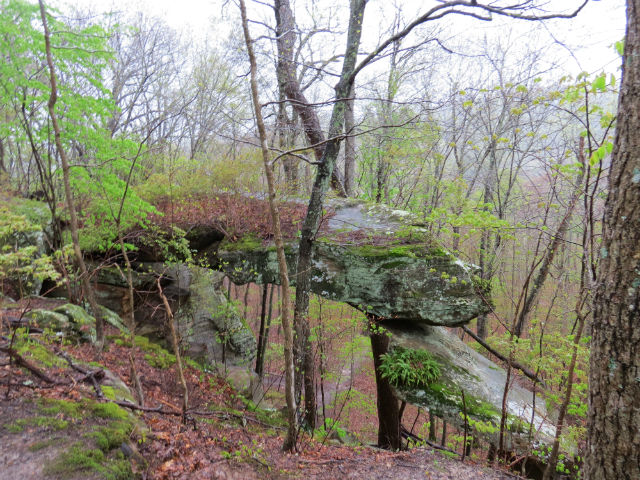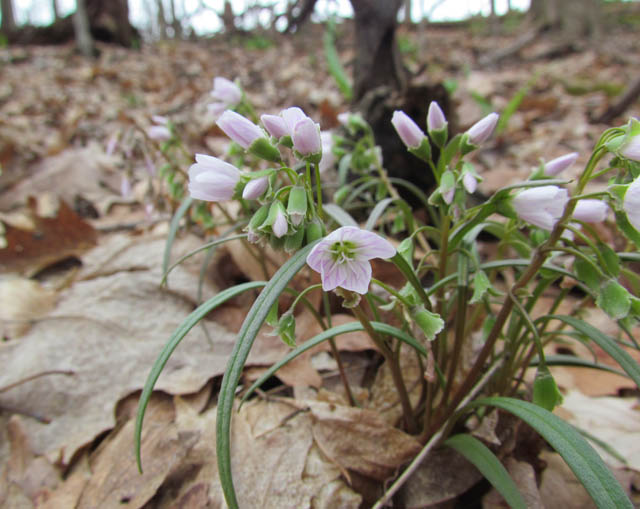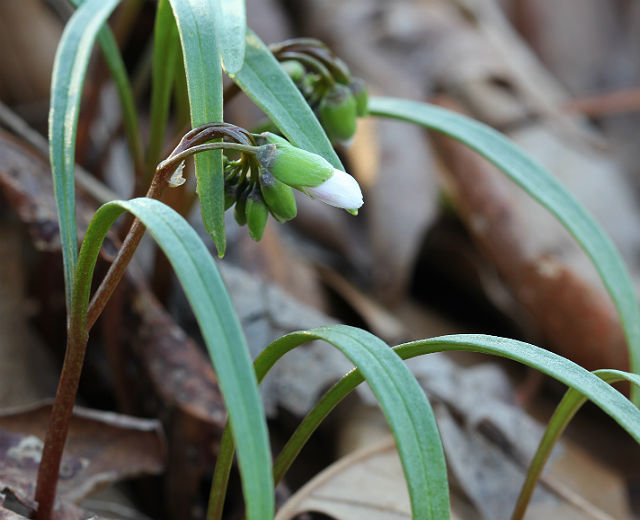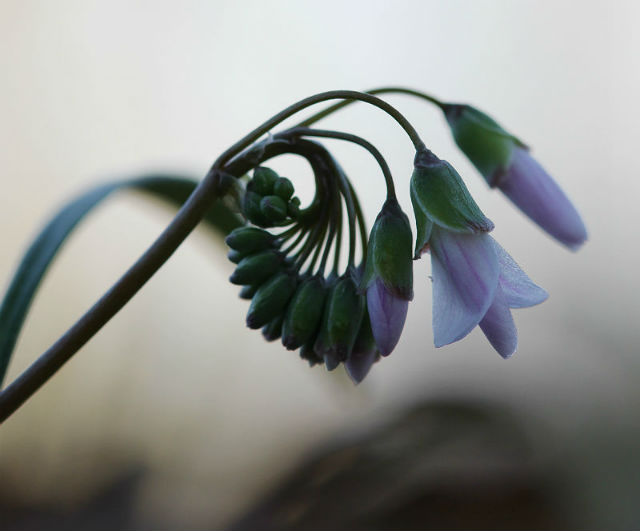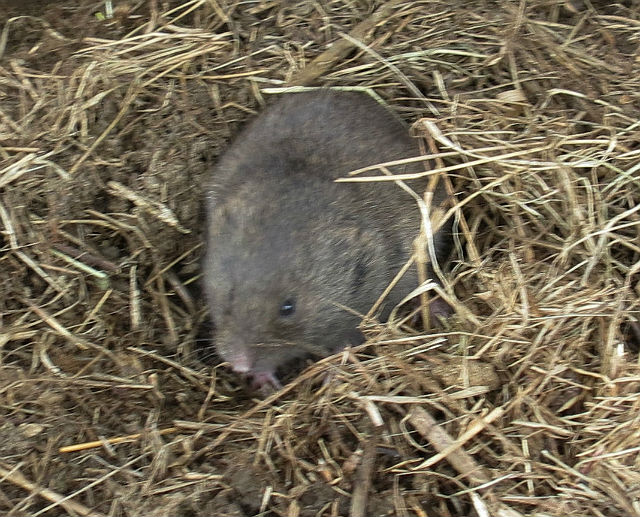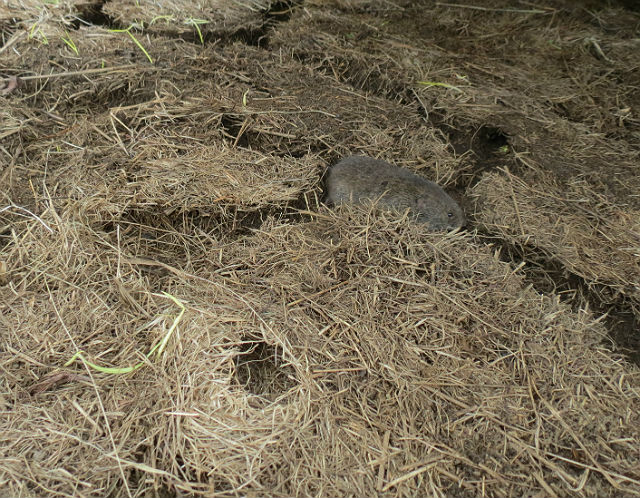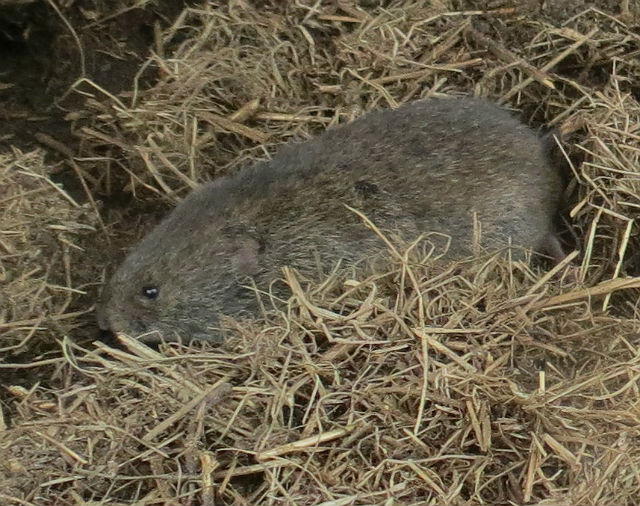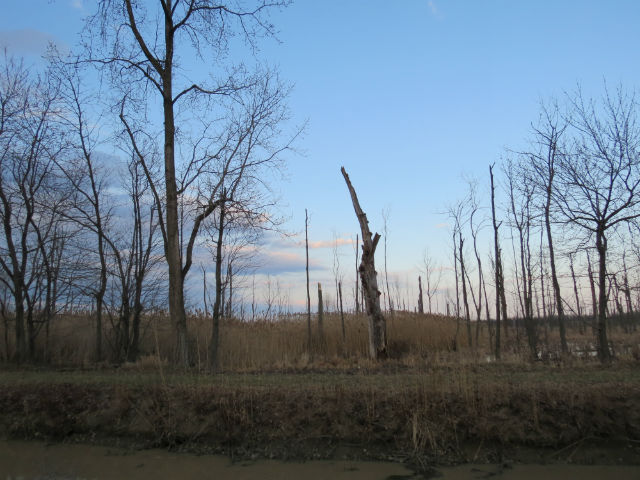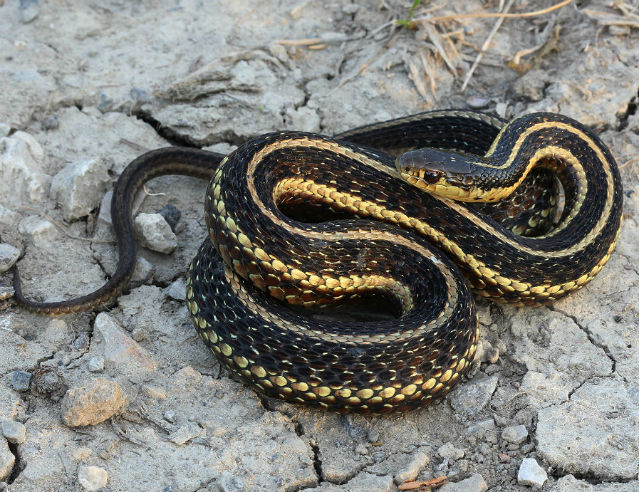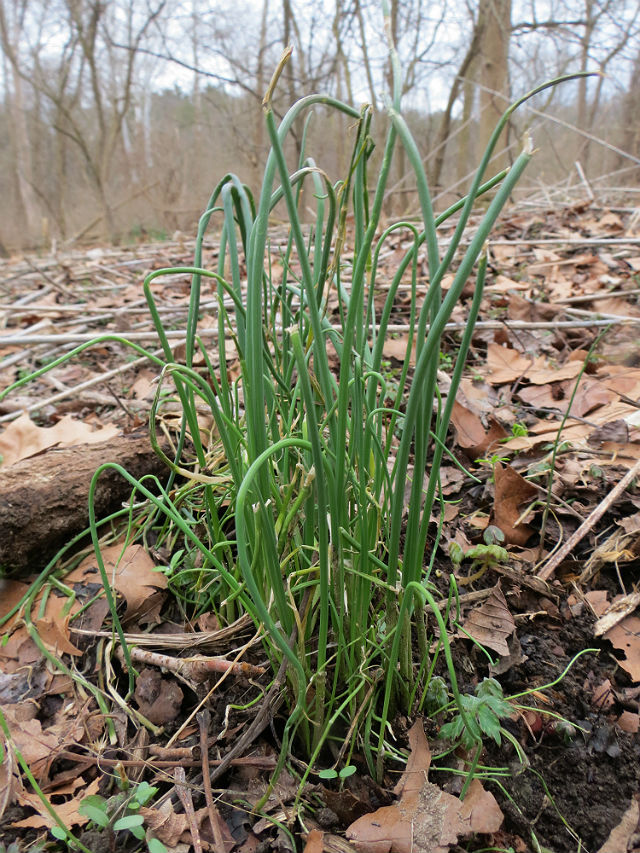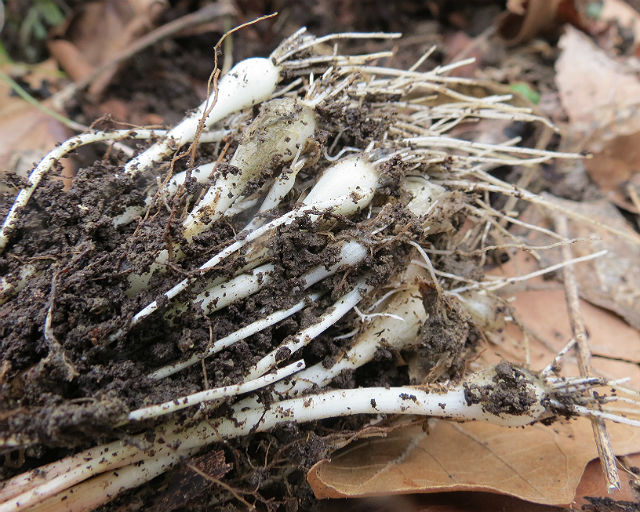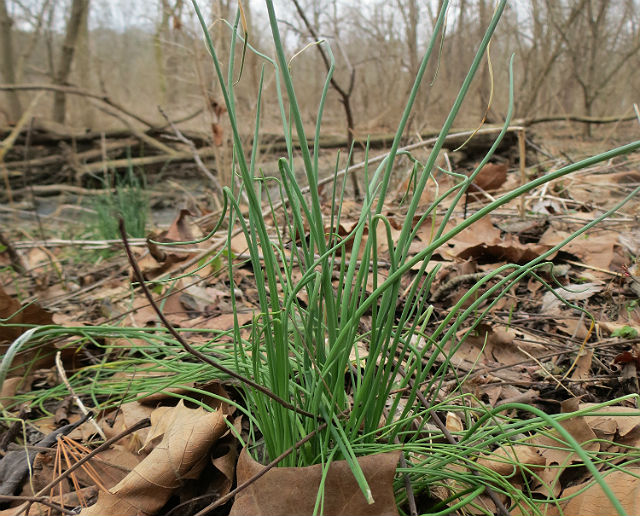One of our prettiest and earliest-blooming wildflowers is also a delicious vegetable. It may be the definitive tater tot. Spring Beauties are small, low-to-the-ground wildflowers that feature a star-like cluster of five white to light pink flowers. Closer examination of the petals will reveal an array of fine pink stripes and a pleasant floral fragrance.
It sports grasslike, succulent, dark green leaves that usually occur in pairs. In early spring, and are usually found in pairs. It is noted for its abundance throughout many parts of its range, especially in forests.
Spring Beauty is found in the eastern two-thirds of the United States. One reason for why the spring beauty is so common is its ability to survive in areas that have suffered land degradation such as livestock grazing and partial tree removal.
According to the Brooklyn Botanic Gardens, Spring Beauties are not only beautiful spring ephemeral, but a tasty spud-like vegetable. The tiny, sweet tubers are high in potassium and vitamin A and are a good source of calcium and vitamin C. They can be eaten raw, boiled, fried, roasted, or mashed.

